The Essential Guide to Choosing the Right Furniture Screw for Your DIY Projects
When embarking on a DIY furniture project, selecting the right hardware is crucial, particularly when it comes to the choice of furniture screws. According to a recent report by the Home Improvement Research Institute, nearly 70% of DIY enthusiasts consider screw selection as essential to the overall success and durability of their projects. This underscores the importance of understanding the various types of furniture screws available in the market, each designed to meet specific functions and materials.
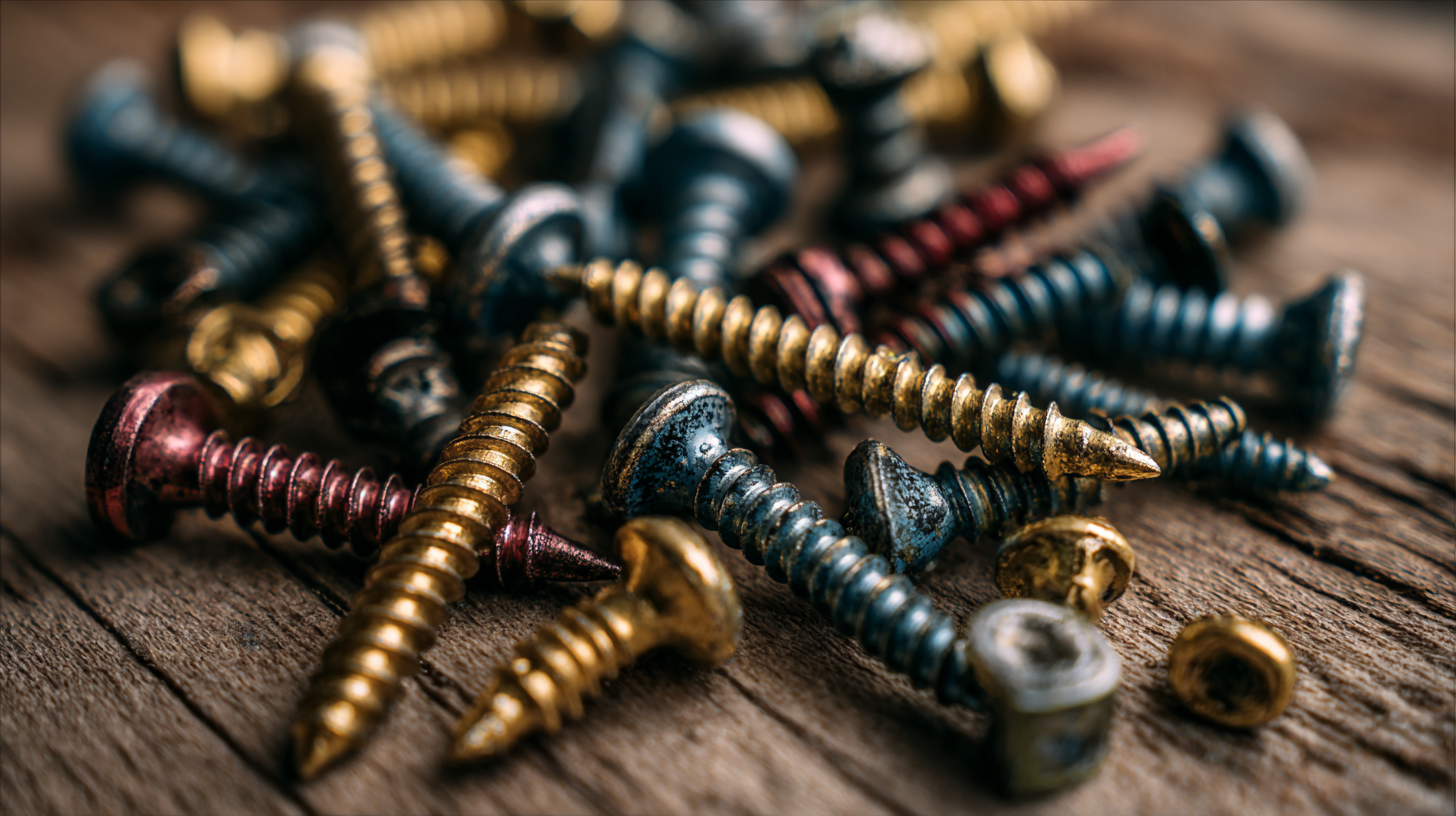 Moreover, with the rising trend of custom furniture building, an informed approach to selecting furniture screws can significantly enhance not only the structural integrity of the pieces created but also contribute to the aesthetics and longevity of the finished product. By carefully evaluating the appropriate screw type based on the wood, application, and design nuances, DIYers can ensure that their furniture projects are both functional and visually appealing.
Moreover, with the rising trend of custom furniture building, an informed approach to selecting furniture screws can significantly enhance not only the structural integrity of the pieces created but also contribute to the aesthetics and longevity of the finished product. By carefully evaluating the appropriate screw type based on the wood, application, and design nuances, DIYers can ensure that their furniture projects are both functional and visually appealing.
Understanding the Different Types of Furniture Screws Available for DIY Projects
When embarking on DIY furniture projects, understanding the various types of furniture screws is essential for ensuring assembly durability and functionality. From wood screws to machine screws, the right choice can significantly impact the stability of your creations.
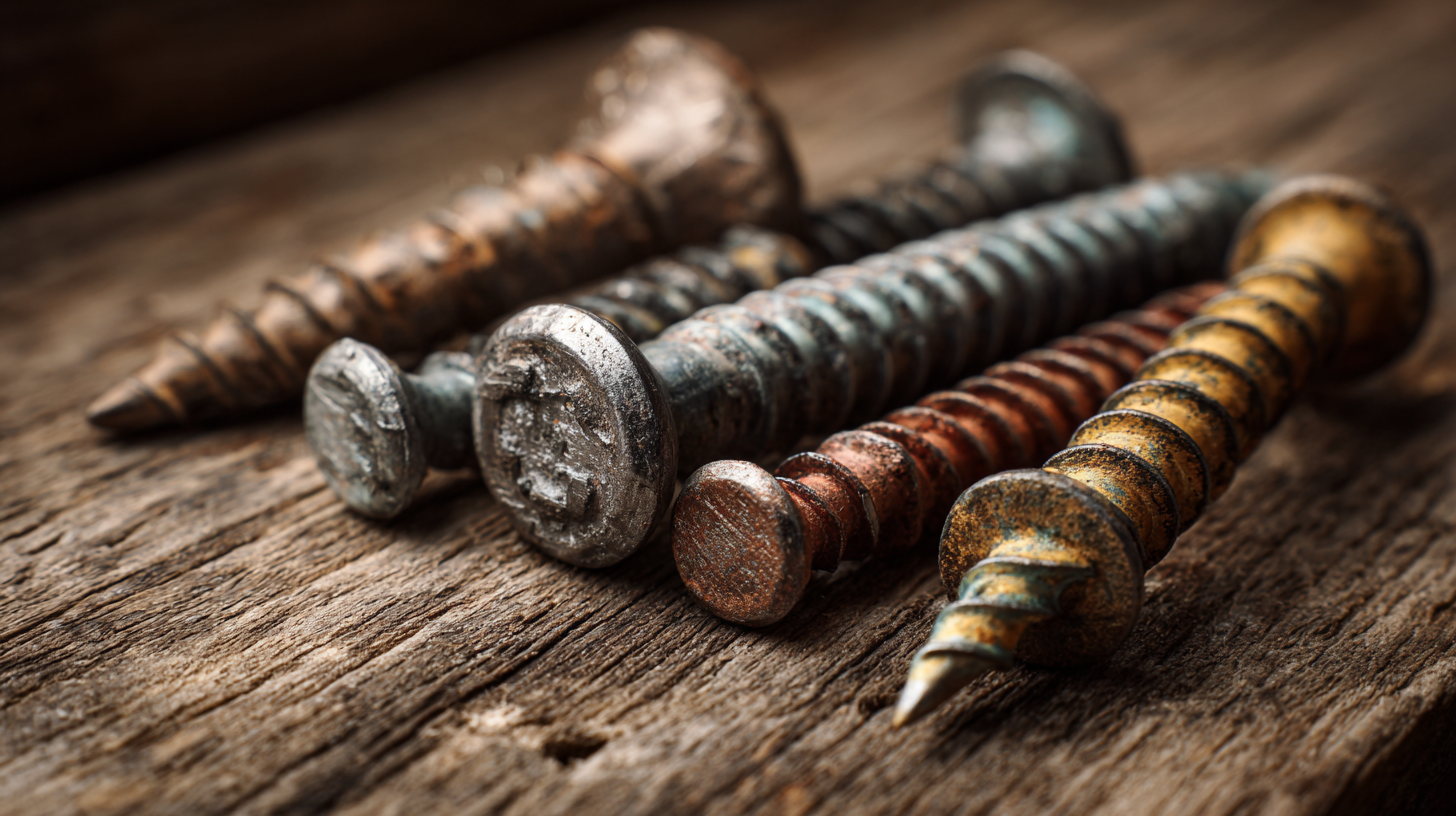 Wood screws are typically tapered, allowing them to bite into the wood effectively, while drywall screws, featuring a bugle head, are great for connecting different materials with ease.
Wood screws are typically tapered, allowing them to bite into the wood effectively, while drywall screws, featuring a bugle head, are great for connecting different materials with ease.
In addition to these, consider using specialized screws like pocket hole screws, which provide a hidden joint for a clean finish. For projects involving metal components, machine screws are crucial, as they integrate well with nuts and threaded holes. Other options include lag screws for heavy-duty applications and decorative screws to enhance aesthetics. By carefully selecting the appropriate type of screw for each aspect of your project, you can elevate both the quality and appearance of your DIY furniture.
Key Factors to Consider When Selecting the Right Screw for Your Furniture
When embarking on DIY furniture projects, selecting the right screw can make all the difference in both the durability and appearance of your finished piece. There are several key factors to consider in this critical choice. First, the material of the furniture plays a significant role. For wooden furniture, wood screws with sharp tips are ideal as they can easily bite into the material without splitting it. Meanwhile, metal screws are best suited for metal or hybrid materials.
**Tip 1:** Always consider the length of the screw based on the thickness of the materials being joined. A screw that is too short may not provide adequate hold, while one that is too long could protrude out the other side, ruining the aesthetics.
Another crucial aspect is the screw's finish and coating. Stainless steel screws resist corrosion, making them perfect for outdoor furniture, while painted or coated screws can add a touch of color to match your design aesthetic.
**Tip 2:** Test different screw types for ease of use with your specific materials. Some screws, like those with a Phillips head, provide better grip during installation, reducing the chances of stripping.
Lastly, pay attention to the thread design. Coarse-thread screws are suitable for softer materials, while fine-thread screws work best for harder woods.
**Tip 3:** When in doubt, consult your local hardware store expert, who can provide insights based on the specific project you’re tackling.
Common Materials Used in Furniture Screws and Their Applications
When selecting the right furniture screws for your DIY projects, it’s essential to understand the common materials used in their construction and their specific applications. The most prevalent materials include stainless steel, carbon steel, and brass, each offering unique properties that cater to different project requirements. Stainless steel screws, known for their corrosion resistance, are ideal for outdoor furniture or areas exposed to moisture. They provide durability and longevity, ensuring that your projects withstand the elements.
On the other hand, carbon steel screws are stronger and often coated to prevent rusting. They are suitable for indoor projects where strength is paramount. These screws typically offer a good balance of cost and performance, making them a popular choice among DIY enthusiasts. Brass screws, while not as strong as their stainless or carbon counterparts, provide excellent aesthetic value. Their distinct appearance makes them perfect for decorative applications, such as cabinetry or antique furniture restoration. By understanding these materials and their applications, you can make informed decisions that enhance the quality and longevity of your DIY projects.
The Essential Guide to Choosing the Right Furniture Screw for Your DIY Projects
How Screw Length and Diameter Impact Stability and Strength
When selecting furniture screws for DIY projects, understanding the impact of length and diameter on stability and strength is paramount. Recent studies on pedicle screws illustrate that a careful choice of these dimensions significantly influences their performance. For example, larger diameters at head and neck junctions have been shown to enhance biomechanical stability, suggesting that similar principles might apply to furniture screws. Choosing the right screw size can lead to better load distribution and prevent potential failure points.
Moreover, the design of the screw itself is crucial. Research indicates that variations in screw profile can affect their fixation strength and resistance to loosening. This highlights the importance of not only the screw size but also its thread design in achieving optimal stability. Just as pedicle screws with specific designs demonstrate improved pullout strength and decreased loosening rates, ensuring that furniture screws are appropriately designed for the intended application can result in more durable and reliable furniture assembly.
The Essential Guide to Choosing the Right Furniture Screw for Your DIY Projects
| Screw Type | Length (inches) | Diameter (inches) | Material | Load Capacity (lbs) |
|---|---|---|---|---|
| Wood Screw | 1.5 | 0.125 | Steel | 75 |
| Machine Screw | 2.0 | 0.125 | Zinc-Plated | 80 |
| Lag Screw | 3.0 | 0.25 | Stainless Steel | 150 |
| Self-Drilling Screw | 2.5 | 0.187 | Carbon Steel | 90 |
| Deck Screw | 2.0 | 0.187 | Coated Steel | 100 |
Tips for Proper Installation and Maintenance of Furniture Screws
When it comes to ensuring the longevity and stability of your DIY furniture projects, proper installation of furniture screws is paramount. First, always select the right type and size of screw for your materials. Using screws that are too short can compromise the strength of the joint, while those that are too long may protrude and cause hazards. Additionally, consider pre-drilling pilot holes to prevent wood splitting, especially in harder materials. This simple step can significantly enhance the integrity of your construction.
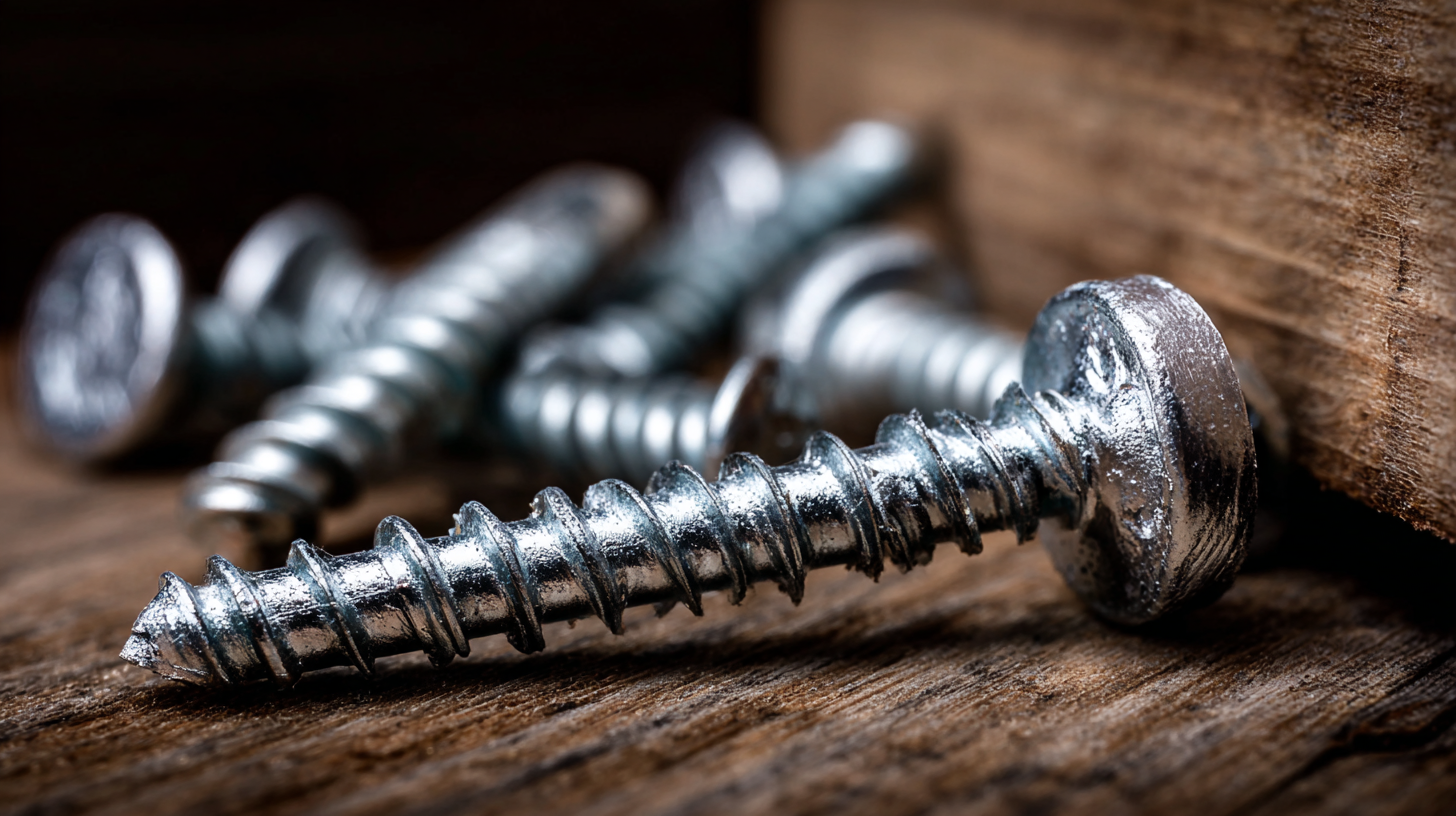
Maintenance of furniture screws is equally important to safeguard your projects. Periodically check for signs of wear or loosening, particularly in frequently used furniture. Over time, screws can loosen due to shifting and movement. Tightening them at regular intervals not only improves stability but also prolongs the life of your furniture. If you notice any rust or corrosion, replace the affected screws promptly to avoid damaging the surrounding materials. By taking these measures, you can ensure that your DIY efforts remain functional and visually appealing for years to come.
Related Posts
-

The Ultimate Guide to Choosing the Right Furniture Screw for Your Projects
-
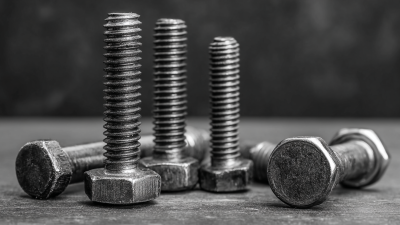
How to Choose the Right High Tensile Carriage Bolt for Your Project Needs
-
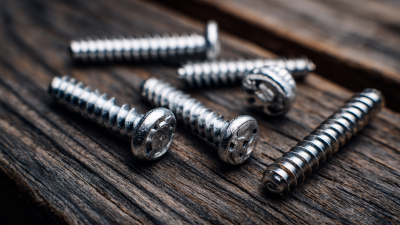
How to Choose the Right Stainless Wood Screw for Your Next DIY Project
-

Unlocking Industry Trends: Mushroom Head Screws at the 138th Canton Fair 2025
-

7 Compelling Reasons Why Square Neck Bolts Are Essential for Your Projects
-
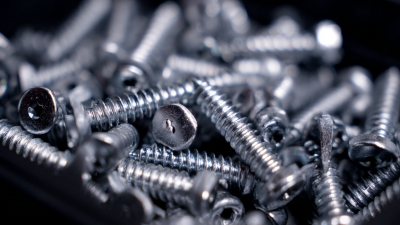
Exploring the Growth of Torx Screw Demand at the 138th Canton Fair China 2025: Insights and Trends
